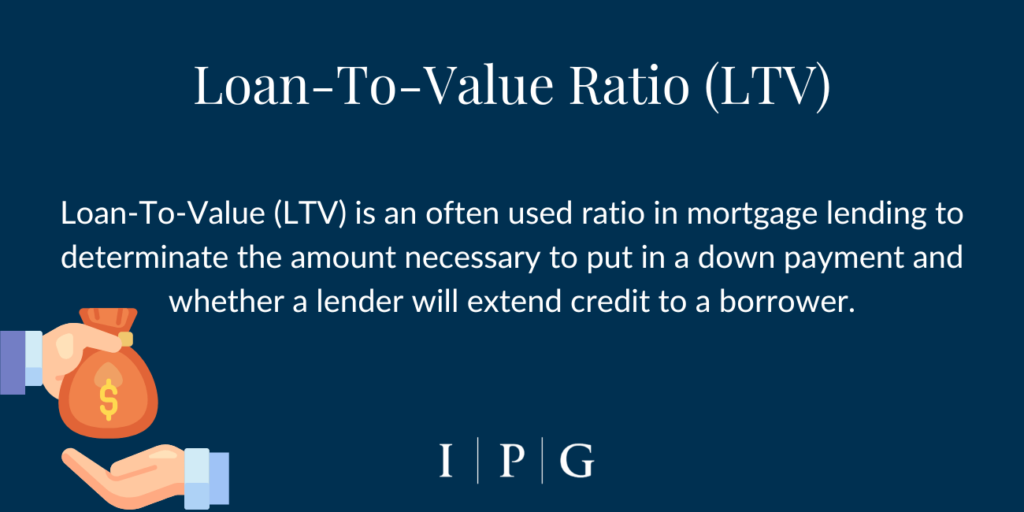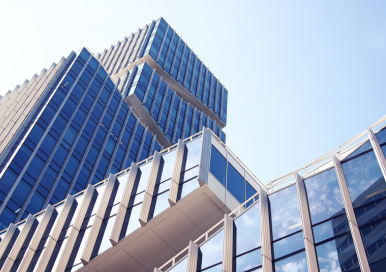What Is Occupancy Cost in Commercial Real Estate?

In commercial real estate, tenants and landlords alike pay close attention to occupancy cost. It’s a fundamental metric that reveals the true cost of operating in a given space — not just the base rent. Whether you’re a tenant considering a lease or an investor evaluating performance, understanding occupancy cost helps you make smarter decisions.
1. What Is Occupancy Cost?
Occupancy cost refers to the total expense a tenant pays to occupy and operate a commercial space. It includes more than just rent — it also covers additional expenses like property taxes, insurance, and maintenance.
In other words, occupancy cost answers the question: “What does it actually cost me to run my business in this property?”
For landlords and investors, it’s also an important measure of a tenant’s ability to pay and a way to compare operating costs across properties or markets.
2. Key Components of Occupancy Cost
Occupancy cost typically includes:
- Base Rent – the fixed rent agreed upon in the lease.
- Operating Expenses (OpEx) – property taxes, building insurance, maintenance, and utilities.
- Common Area Maintenance (CAM) Fees – costs shared among tenants, such as landscaping, lobby cleaning, or parking lot upkeep.
- Other Fees – depending on the lease, this may include security, management fees, or special assessments.
Together, these components create the total cost of occupancy.
3. Occupancy Cost Formula
The occupancy cost formula is straightforward:
Occupancy Cost = Base Rent + Operating Expenses + Other Costs
For tenants, it’s essential to calculate occupancy cost on an annual basis and compare it to total sales (if retail) or revenue. This reveals the occupancy cost percentage — a key metric in CRE.
3.1 Occupancy Cost Percentage (or Ratio)
The occupancy cost percentage (sometimes called the occupancy cost ratio) measures the share of a tenant’s revenue spent on occupancy.
Occupancy Cost Percentage = (Total Occupancy Cost ÷ Gross Sales) × 100
Example:
- If a retail tenant spends $500,000 annually on occupancy (rent + expenses) and generates $5 million in sales:
- $500,000 ÷ $5,000,000 = 0.10, or 10% occupancy cost percentage.
This ratio allows tenants to evaluate whether their space is financially sustainable. For landlords, it’s a way to assess tenant health.
3.2 Why Occupancy Cost Percentage Matters
- For Tenants: A lower percentage means more profitability. If occupancy costs are too high relative to sales, the location may be a poor fit.
- For Landlords: Monitoring occupancy cost ratios helps gauge whether tenants can sustain long-term operations, lowering default risk.
- For Investors: It’s a benchmark to compare performance across markets, industries, or property types.
In retail real estate, for example, typical occupancy cost percentages range from 6%–12%, though this varies by industry.
4. Occupancy Cost in the Bigger Picture
Understanding occupancy cost is vital for:
- Lease Negotiations – Tenants should evaluate full occupancy costs, not just rent.
- Site Selection – Businesses can compare multiple properties by true operating cost.
- Investment Decisions – Investors track occupancy costs to understand tenant sustainability and property competitiveness.
Conclusion
So, what is occupancy cost?
It’s the all-in expense of occupying a space, often measured as a percentage of sales or revenue. By looking beyond rent to include expenses like taxes, insurance, and maintenance, tenants and landlords get a clearer picture of financial sustainability.
As San Francisco and other markets evolve, occupancy cost remains one of the most important tools in evaluating both leasing strategy and long-term asset performance.




